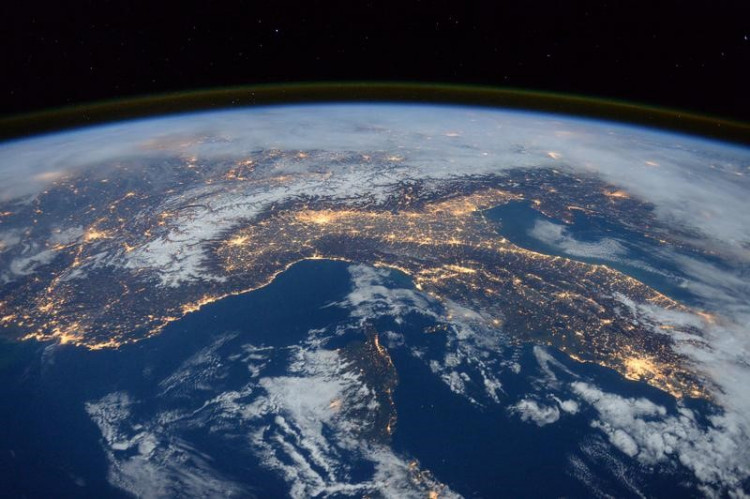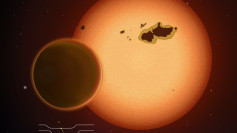NASA's newly discovered asteroid will cruise past our planet today. According to the data gathered by the space agency, the near-Earth asteroid will be closer to Earth than the Moon during its flyby.
The approaching space rock is called 2020 GH2 and measures about a hundred feet, according to NASA's Center for Near-Earth Object Studies (CNEOS). The Asteroid Watch program says it is about between 43 and 70 feet (13-70 meters) wide, or about the size of a detached house. It is currently traveling across the Solar System with an average velocity of over 19,000 miles per hour.
2020 GH2 was discovered on April 11. Analysis of the asteroid's trajectory revealed that the incoming asteroid follows a wide orbit around the Sun. NASA says that its orbit is even wider than that of Mars. While orbiting the Sun, 2020, GH2 occasionally crosses Earth's path. It's classified as an Apollo asteroid because its path intersects our natural orbit.
The Virtual Telescope Project in Italy managed to capture an image of the asteroid on April 12, appearing as a bright dot among streaks of stars. "This is an incredible capture, as the hardware tracked this moving target to perfection for a long time," wrote the project's founder Gianluca Masi in a release on Tuesday.
While 2020 GH2's path is Earth-intersecting, it will not collide with our planet, NASA's CNEOS notes. But it's as close as an asteroid could get, flying past Earth at 7:46 a.m. EDT. At this hour, the space rock will be around 223,000 miles near our planet, or about 0.00240 astronomical units away from the planet's center.
It's hard to imagine its proximity when figures are laid out, but think of it this way: 2020 GH2 will be closer to Earth than the Moon, which is about 238,000 miles away. After flying past close to Earth, it will also make a flyby to the Moon on the same day at 3:28 p.m. EDT.
CNEOS says that we won't be seeing 2020 GH2 again for nearly a decade. NASA says that it will make its next flyby on March 11, 2029, in which it will be approaching our planet at a much farther distance.
2020 GH2 illustrates how previously unknown near-Earth objects appear on our horizon with surprising regularity. Luckily most of these asteroids don't collide with our planet. It's a good thing NASA keeps a close watch.






